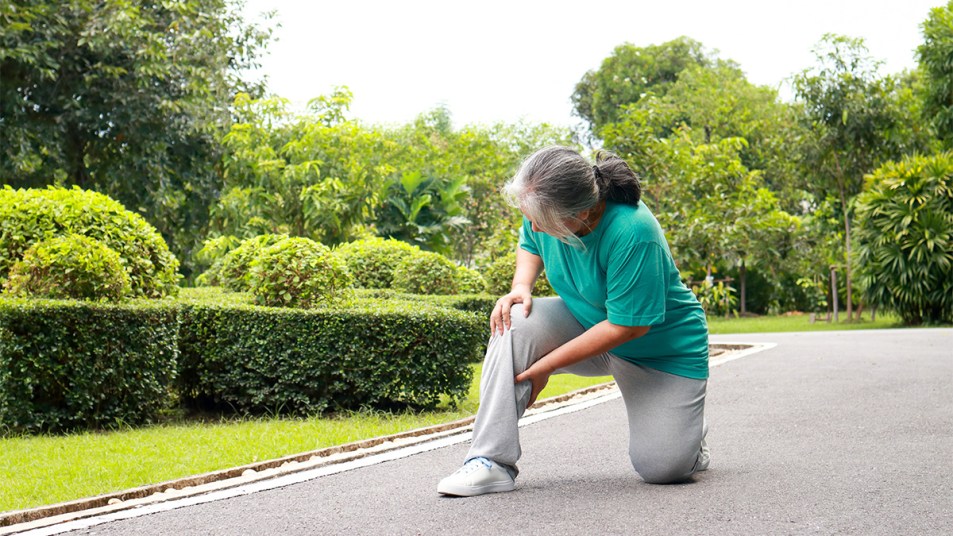Tired, Achy Legs? Here Are 4 Tips to Ease Peripheral Artery Disease Symptoms
PAD pain can be triggered by physical activities like walking.

If your legs often feel sore and tired, it could be a sign of peripheral artery disease (PAD). This disease is caused by a narrowing of the arteries that leads to poor circulation in your extremities. A common symptom of PAD is pain in the legs that’s activated by physical activities like walking, but eases up when resting. Approximately 6.5 million US adults over 40 are affected by PAD; and those with high blood pressure, increased cholesterol levels, or diabetes have a higher risk. Although medications called statins are commonly prescribed as treatment for peripheral artery disease, making tweaks to your everyday habits may also help improve your blood flow and bring necessary relief. Here are four natural treatment tips for easing peripheral artery disease symptoms.
#1: Switch up your walking routine.
Walking for 30 minutes a day eases pain, but it can be difficult when your legs already ache. A workaround: Try a “start/stop” style of walking, as if you’re playing the childhood game “red light, green light.” Walk until you’re moderately uncomfortable, then stop and rest. Once the discomfort is gone, start walking again. Moderate-pain exercise or pain-free exercises help boost blood flow for people with PAD, suggests a small study published in the Journal of Vascular Surgery.
#2: Pour a cup of coffee.
A 2013 study found that healthy participants who drank a 5-ounce cup of caffeinated coffee on two separate occasions increased blood flow significantly compared to decaf drinkers. Why? Coffee helps the inner lining of blood vessels work better and reduces inflammation. This effect allows blood to flow more freely, which is necessary for curbing PAD pain.
#3: Consume chocolate.
A study published in Circulation Research found that PAD participants who drank a cocoa beverage daily for six months could walk farther than those who didn’t. Researchers credited this benefit to cocoa’s antioxidants including epicatechins improving blood flow to the legs to ease pain. Tip: Add ⅓ cup of cocoa powder to a smoothie or eat 1 ½ ounces of 85 percent dark chocolate daily.
#4: Consider ginkgo biloba extract.
A review of studies published in the The American Journal of Medicine suggests that ginkgo biloba extract may help reduce intermittent claudication, a type of leg pain caused by poor blood flow that affects about one in three people with PAD. However, researchers acknowledged that more research is needed to confirm the clinical relevance of this effect. Be sure to consult your doctor before trying a new supplement or treatment plan.
Tip: An early warning sign of PAD might be dents in your nails. Click through to see how the two are linked.
This content is not a substitute for professional medical advice or diagnosis. Always consult your physician before pursuing any treatment plan.
A version of this article originally appeared in our print magazine, Woman’s World.












